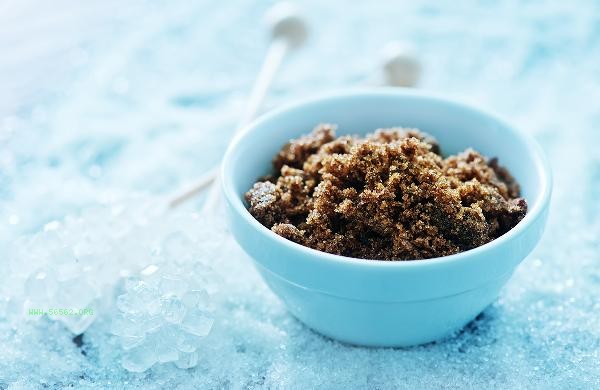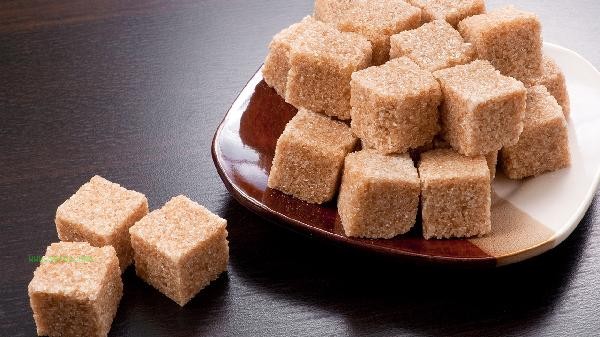The rapid solidification of brown sugar can be achieved by controlling the temperature, adding acidic substances, adjusting the moisture content, using coagulation aids, and changing the stirring method.

1. Temperature Control
Brown sugar is more likely to solidify in low temperature environments. The boiled brown sugar solution can be placed in a cool and ventilated place or in a refrigerator to accelerate cooling. A decrease in temperature will slow down the movement of sugar molecules and form a more stable crystalline structure. However, it is necessary to avoid a sudden drop in temperature that may cause surface crust and affect the uniformity of internal solidification. It is recommended to control the temperature by a gradient of 5-10 degrees Celsius per hour.
2. Adding acidic substances
A small amount of lemon juice or white vinegar can lower the pH value of the brown sugar solution. The acidic environment can break the hydrogen bonding between sucrose molecules, promoting the faster formation of microcrystals in the syrup. Usually, adding 1-2 tablespoons of acidic liquid per 500 grams of brown sugar is sufficient, as excessive amounts can cause the finished product to become overly acidic. This method is suitable for scenarios where the softness and texture of brown sugar need to be maintained.
3. Adjust the moisture content
Extend the boiling time to evaporate the moisture until the syrup concentration reaches over 90%. When the sugar molecules reach supersaturation, they will spontaneously crystallize. The testing method is that dropping syrup into cold water can immediately harden into balls. Attention should be paid to fire control, as excessive dehydration can cause syrup to coke. It is recommended to use a thermometer to monitor the syrup to 115-120 degrees Celsius before leaving the fire.
4. Using a coagulation aid
mixed with about 5% gypsum powder or corn starch can act as crystal nuclei to accelerate the crystallization of brown sugar, providing a matrix for sugar molecule attachment. When adding, the auxiliary materials should be sieved and mixed into the hot syrup in batches, thoroughly stirring to avoid clumping. This method will make the texture of brown sugar slightly rough, making it suitable for use in the production of processed sugar products.
5. Changing the stirring method
Continuous stirring when the syrup is cooled to around 60 degrees Celsius can induce crystallization, and mechanical force can orient the sugar molecules. Using a combination of circular stirring and scraping, stir every 10 minutes for 2 minutes until solidification begins. Excessive stirring can introduce too many bubbles, affecting the glossiness of the finished product.

It is recommended to store brown sugar in a dry and sealed container during daily production. Keeping the humidity below 60% can extend the shelf life. During the solidification process, avoid shaking the container. After crystallization is complete, it can be softened and adjusted in shape by heating it separately from water. Diabetes patients and sugar control people need to pay attention to the intake. Although brown sugar contains iron, calcium and other minerals, the main component is still sucrose, and the recommended daily consumption is not more than 30g. If used for dietary therapy, it can be combined with ginger and red dates to enhance the effectiveness of isothermal tonics.








Comments (0)
Leave a Comment
No comments yet
Be the first to share your thoughts!